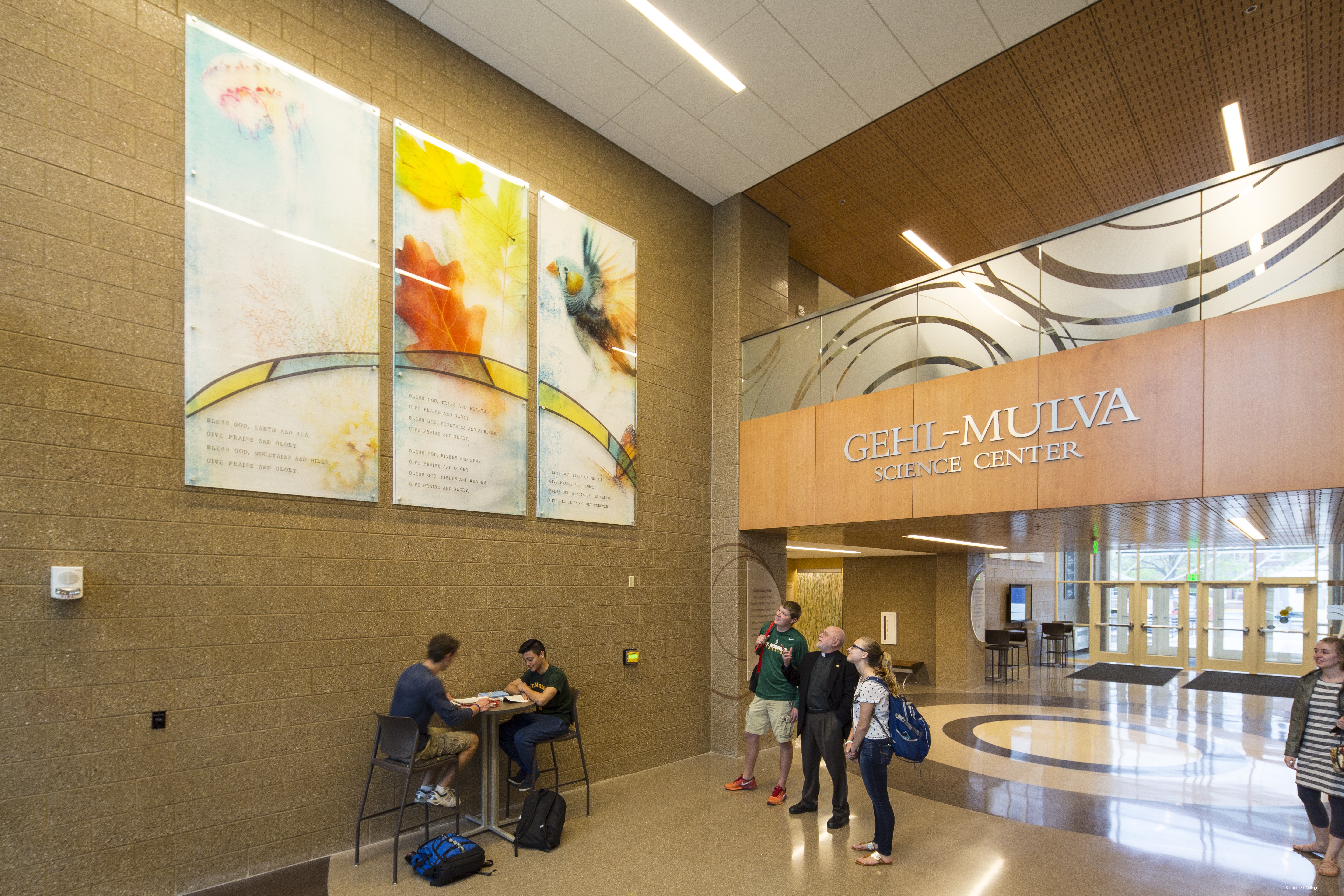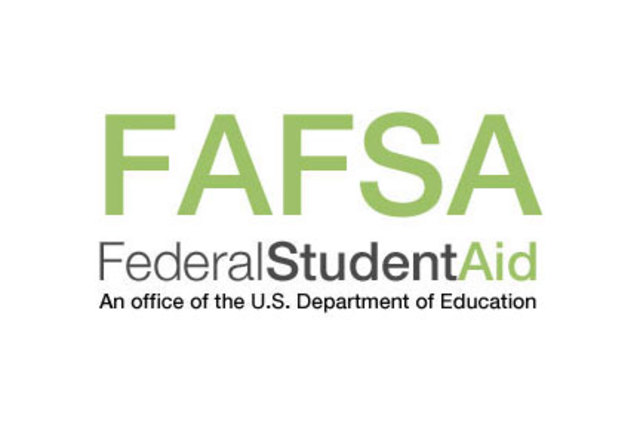
Best time to start planning for college? NOW!
Getting started on formulating a plan, both academically and financially, for your student’s higher education will be beneficial to their success. Whether your student is in elementary, middle, or high school, it isn’t too early or too late to start planning. Statistics show that a college education can mean hundreds of thousands of dollars in additional income over a person’s lifetime, therefore helping your student in the planning process can set stable groundwork for their future. This helpful checklist from the U.S. Department of Education includes advice for parents with children of all ages.
Guiding your student in selecting the right career path
Your student will likely change their mind many times about what career path they would like to take. Helping your student figure out what they want to be when they grow up can be difficult, but it’s a critically important step in keeping post-secondary education affordable.
Talk with your child about your own education and career path, including twists and turns you may have encountered along the way. Ask your child about what they are passionate about, what they dream about becoming and what they think they are good at. Help your child imagine life with a certain career and role play what a day on that job might be like. Once your child has a career in mind, it’s easier to figure out which type of college education they will need.
There are some useful resources out there to help guide your child in understanding their own interests. With Junior Achievement they can take a personality quiz to see what careers they fit into and Inspire Wisconsin can help link your child with career professionals. Here is a guide to help teach your kids about money and investing as well.
The Wisconsin Department of Public Instruction is working to integrate career planning into our K-12 schools statewide. Learn more about those efforts by clicking here.

Learn about all available college options
A degree from a four-year university is a wonderful thing (even better when it’s achieved in four years!), but it’s certainly not the right educational path for every student. A degree from a two-year technical college can be every bit as rewarding for your child – financially and otherwise.
There are many different college options your child can choose from: a four-year college or university, private college, community college and a technical or career college. Understanding what each has to offer and your child’s career goals will help set your child up for success.
Technical Colleges of Wisconsin

There’s no substitute for saving for your child’s education
Let’s face it. College is expensive. The earlier you get started on a savings plan, the better off you will be when it comes time to send your child off to college. Setting up a savings account early – and having your child do the same – can greatly minimize the need for student loans later in life. You can do so through your preferred financial institution or utilize Wisconsin’s College Savings Plan, Edvest, which offers certain tax advantages for Wisconsin residents. Here are 10 reasons why you should consider saving with Edvest.
A variety of funding sources are available to make college affordable
If you’re one of those parents who has diligently saved for your child’s educational future, congratulations! If you haven’t, you’re not alone. The good news is a variety of funding is available, including grants, work-study and low-interest loans. Financial aid can come from the federal government, the State of Wisconsin, the college your child will be attending, or private organizations. Finding the right mix of funding sources is critical to holding down the cost of an education. Here’s some useful information on how to hold down the cost of a college education.
A Guide to Budgeting in College for Students by Study.com
Check out these Wisconsin Loan Providers.

Scholarships = Free Money
College Scholarships are usually offered to students who meet certain requirements and they’re not always just for kids who are academically gifted. They may be given to students who have strong academic or athletic skills, are members of a specific ethnic group, or belong to a church or civic-based organization. Researching the thousands of private scholarships that are offered can take some time, but the effort may be well worth it. There are a variety of free services that offer up lists of academic scholarships, including this one hosted by the U.S. Department of Labor that contains more than 7,000 scholarships.
A few other Scholarship websites to look at are:
Scholarships.com – Get detailed information on over 4,000 colleges & universities, admission stats, athletics, enrollment data, academic majors, tuition, financial aid & more.
Wisconsin Public Service Scholarships – Since 1964, Wisconsin Public Service Foundation has awarded more than $4.8 million in scholarships to students from Northeastern and Central Wisconsin. At the Foundation, we believe that building on the tremendous potential of our young people is well worth the investment.
MONEYSAVINGPRO – College Scholarships
SallieMae Scholarship Search – Check out Sallie Mae’s College Scholarship Search to get free access to over 5 million scholarships worth up to $24 billion for college.
SallieMae Graduate School Scholarship Search – Check out Sallie Mae’s brand-new Graduate Scholarship Search to quickly and easily search more than 850,000 scholarships worth up to $1 billion – for free.
Tuition Funding Sources (TFS) Scholarships – Our massive scholarship database provides you with access to $41 billion in funding, and grows at a rate of 5,000 new awards per month.
Fastweb – Once you complete your profile you’ll have access to Fastweb’s database of more than 1.5 million scholarships.
Honest Product Reviews – Scholarship Search Platforms
What should you know about scholarships?
How do scholarship search platforms work?
What should students know before they search for a scholarship?

Commit this acronym to memory: FAFSA
It’s called the Free Application for Federal Student Aid, and it is the first step you and your child should take to be considered for federal aid for post-secondary education. By filling out and submitting the FAFSA, a prospective student will automatically receive consideration for federal grants, loans and work study. Many states and colleges also use FAFSA data to determine eligibility for state and school aid, and some private financial aid providers may use the information to determine whether a student qualifies for aid. Click here to watch a short video that provides a great overview of the FAFSA form. If you still don’t think you’re eligible, you’re (probably) wrong, click here for more information.
FAFSA’s 2023-2024 checklist: Click here to find out what you’ll need to fill out your information.
The Ultimate Guide to Financial Aid and FAFSA for College Students
Find Financial Planning Events in Your Area
Event Calendar